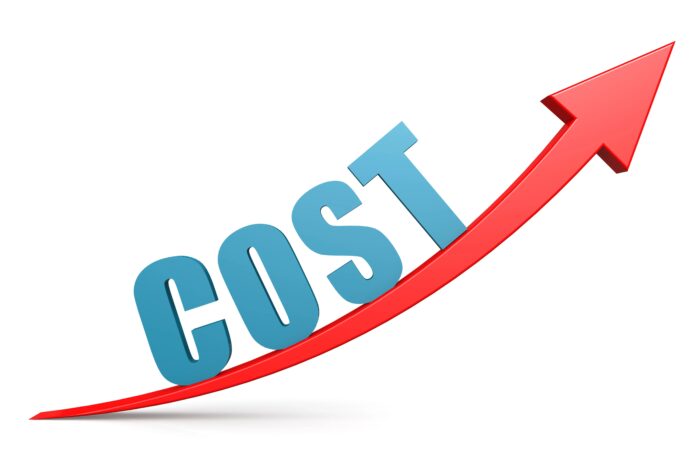Air ambulance services play a critical role in providing timely medical assistance to individuals in remote locations or facing life-threatening emergencies. However, behind the scenes, these services grapple with significant costs.
Initial Investment: High Costs of Acquisition
Establishing and maintaining an air ambulance service requires substantial initial investment. From procuring specialized aircraft to outfitting them with state-of-the-art medical equipment, the upfront costs can be staggering. Moreover, ensuring compliance with aviation regulations and safety standards further adds to the financial burden.
Air Ambulance Maintenance: Ensuring Operational Readiness
Maintaining air ambulances in peak condition is vital for ensuring operational readiness and passenger safety. Routine inspections, repairs, and servicing of aircraft engines, avionics systems, and medical equipment entail ongoing expenses. Additionally, stringent adherence to maintenance schedules and regulatory requirements adds layers of complexity and cost to the upkeep process.

Skilled Personnel Expenses
The backbone of any air ambulance service is its team of skilled professionals, including pilots, paramedics, and medical staff. Recruiting and retaining qualified personnel demand competitive salaries, benefits, and training programs. Moreover, continuous education and certification updates are essential to ensure proficiency and compliance with evolving medical standards and protocols.
Fuel and Operational Costs
Fuel constitutes a significant portion of the operational expenses for air ambulance services. The high-performance engines of aircraft consume large quantities of aviation fuel, especially during emergency missions that require swift response times and extended flight durations. Additionally, ancillary costs such as insurance premiums, hangar fees, and administrative overheads contribute to the overall expenditure.
The Impact on Service Costs
The cumulative impact of these cost factors inevitably reflects in the pricing structure of air ambulance services. Striking a delicate balance between affordability and sustainability poses a perennial challenge for providers. While ensuring equitable access to critical care remains a primary objective, the reality of escalating operational costs necessitates judicious financial management and strategic resource allocation.


